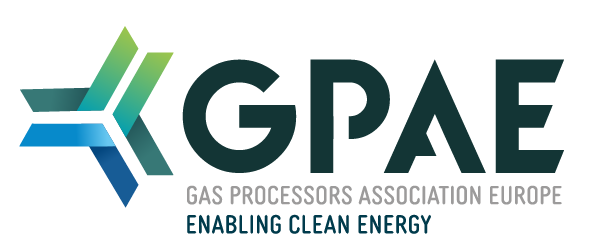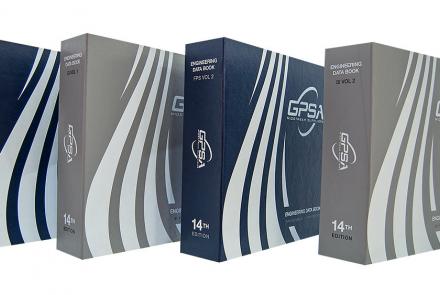Order your copy of the The GPSA Engineering Databook. The 14th edition is almost 1,000 pages of technical information and is the worldwide authoritative resource for technical and design information.
The Electrochemical Reduction of CO2 to Useful Products: A Review
The conversion of CO2 gas emission into value-added products such as organic acid (e.g. formic acid (HCOOH), oxalic acid (HOOC ̶ COOH)), alcoholic products (e.g. methanol (CH3OH), ethanol (C2H5OH)), hydrocarbon products (e.g. methane (CH4), ethane (C2H6)), and mineralization with carbonate and bicarbonate, is a promising technology for mitigating the negative impacts of carbon dioxide and other gas emissions from industrial activities and other anthropogenic pollution. The electrochemical reduction (ECR) process is commonly used to convert CO2 into valuable products, and this process's efficiency is dependent on various factors, such as electrocatalysts nanomaterials, electrode geometry, and electrolyte solution. Despite significant advancements in CO2 ECR, several challenges hinder its efficiency, including the high cost of electrocatalyst materials, selectivity toward target products, the effective surface area of electrodes, and reactor dimensions. This article aims to summarize the chemistry of transition metals used for coating the cathodic electrode in CO2 ECR, the effects of various operating conditions on CO2 conversion to products and the mechanisms of reaction for some intermediate and final products will be will be explained.


